What Are the Dietary Risk Factors for MGUS?
By Janine Joseph, MS, MBA, Melissa Badamo - Last Updated: March 24, 2025Janine Joseph, MS, MBA, Senior Research Specialist at the Roswell Park Comprehensive Cancer Center, described her study, “Dietary Risk Factors for Monoclonal Gammopathy of Undetermined Significance in a Racially Diverse Population.”
The US population-based, case-control study evaluated data from the National Health and Nutrition Examination Survey (NHANES), a national program managed by the Centers for Disease Control and Prevention to assess the health and nutritional status of the US population. NHANES administered a structured 24-hour recall, asking participants to report which foods they consumed over the past 24 hours. The study included 373 patients with monoclonal gammopathy of undetermined significance (MGUS) and 1406 matched controls.
Joseph and colleagues found that MGUS was inversely associated with whole-grain bread, oats, rice, fruits, and vegetables and directly associated with sugar-sweetened beverages, sugar-sweetened soft drinks, and artificially sweetened soft drinks.
“I was surprised that there were associations for both sugar-sweetened and artificially sweetened beverages,” Joseph said. “I thought sugar would be the culprit.”
Joseph also pointed out that there was no association between MGUS risk and sugar-sweetened foods, only sugar-sweetened beverages. “It speaks to the complexity of dietary analysis,” she said.
Finally, Joseph highlighted the clinical implications of the study. “There’s benefit to looking at dietary patterns,” she said. “These findings are important for messaging regarding prevention.”

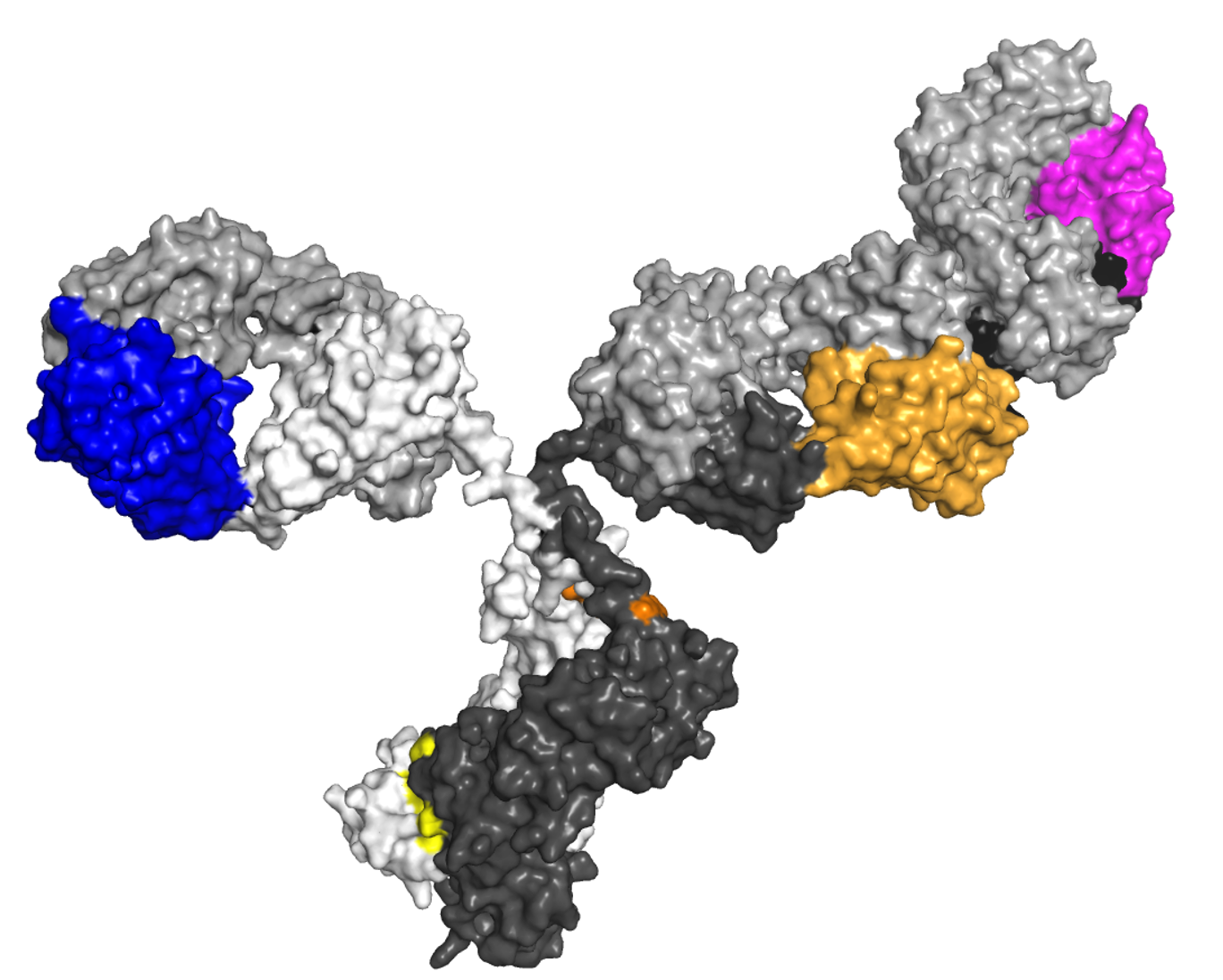
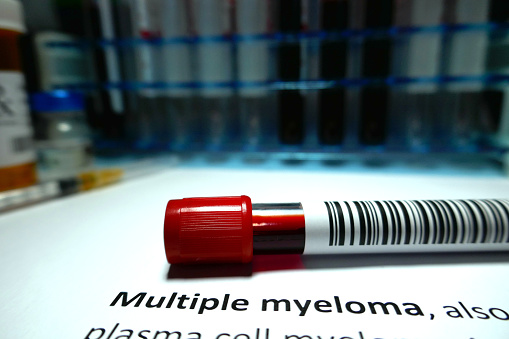
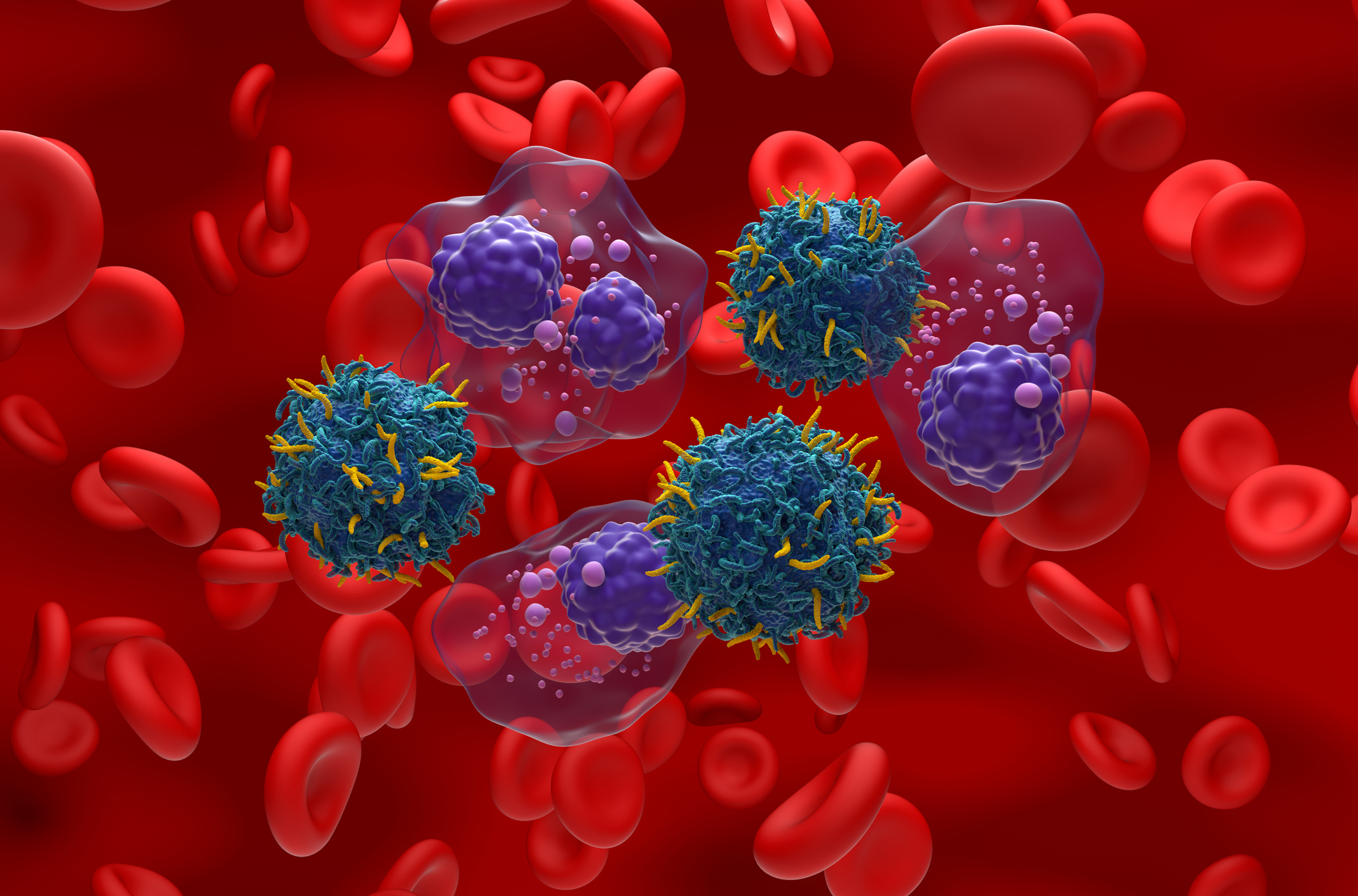
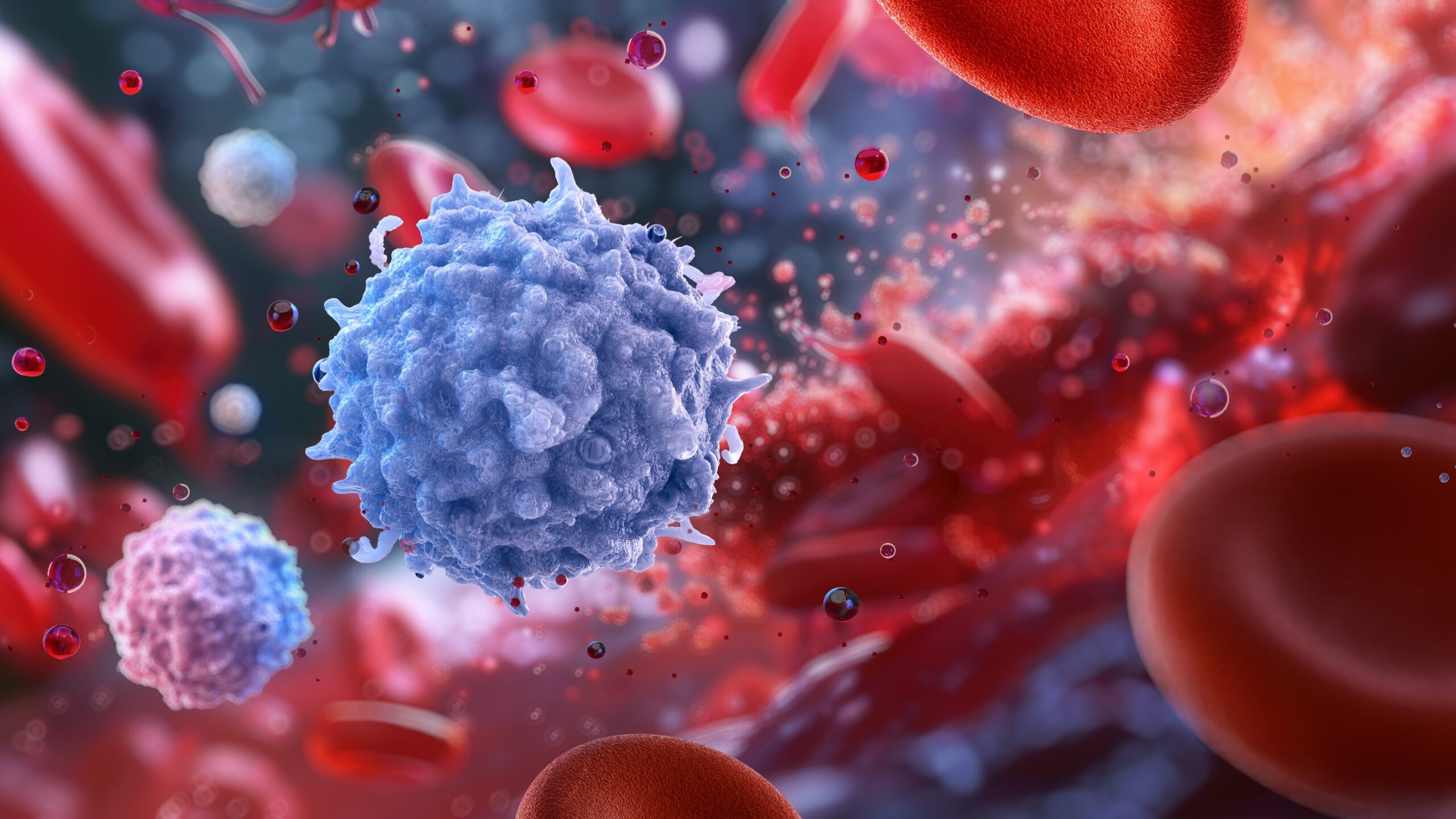
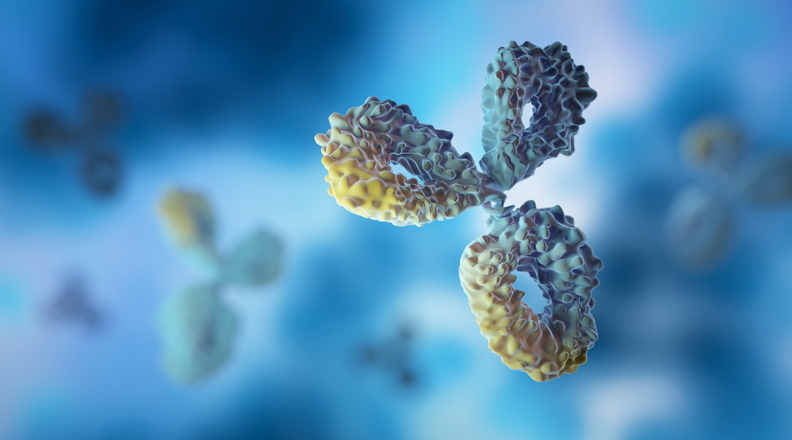
 © 2025 Mashup Media, LLC, a Formedics Property. All Rights Reserved.
© 2025 Mashup Media, LLC, a Formedics Property. All Rights Reserved.